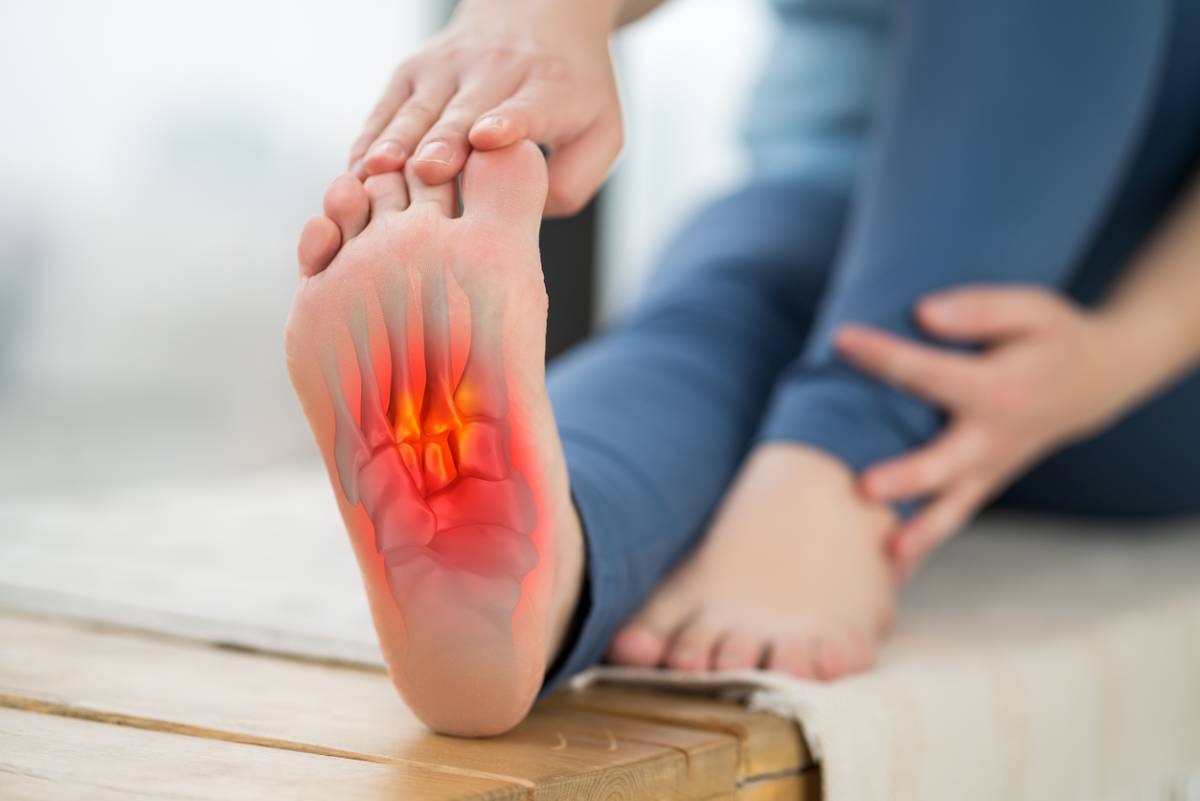Bone spurs are obnoxious elements of one’s physiology. Bone spurs are smooth and bony growths that form over a long period of time that tend to form as one ages. Pleasantly, these spurs are not very painful. However, they can impact nearby structures of the body, such as the nerves and spinal cord, and cause pain. Below, we cover risk factors for bone spurs.
Bone spurs impact the vertebrae of the spine and can make doing certain movements painful or inaccessible. This can have a serious impact on someone’s life and their ability to perform day-to-day tasks. On the contrary, bone spurs treatment can liberate a patient from these issues.
Risk Factors for Bone Spurs
There are some risk factors that predispose one to developing bone spurs as time goes on. Knowing what these risk factors are can help you prepare to deal with them should they develop. This can make one’s treatment process run smoother in general.
Causes of Bone Spurs
There are many possible causes of bone spurs. Some of the most common ones include:
- Aging: As you age, ligaments get less sturdy, and the body attempts to thicken the ligaments to hold the bones back together. Over time, the thickened ligaments start to form bone. The thickened ligaments and new bones subsequently cause pressure around the nerve roots and the spinal cord.
- Heredity
- Nutrition
- Poor posture
- Disc and joint degeneration
There are certain conditions that can make it more likely that you will develop bone spurs. In general, bone spurs are most common in individuals over the age of 60. Some of the common co-conditions include:
- Spinal stenosis
- Osteoarthritis
- Arthritis
The above conditions have the potential to inflame the intensity of your bone spurs more heavily.
Symptoms of Bone Spurs
When bone spurs are developing, they give off certain symptoms. The joints become inflamed, and one’s back muscles become tender. Some of the common symptoms of bone spurs include:
- Dull pain in the neck or lower back
- Loss of coordination in a part of the body
- Muscle weakness
- Numbness
- Radiating pain in the thighs
- Radiating pain to the shoulders
- Burning or tingling
In general, activity tends to make the pain worse. Rest tends to make me feel better. If the symptoms affect the back, then the person might feel better holding certain positions. In addition, if there is pressure on the nerves, a person may have problems with bowel or bladder control.
Diagnosing Bone Spurs
When diagnosing bone spurs, a patient’s medical history and a physical exam are taken. This helps to rule out certain conditions that might produce similar conditions to bone spurs. Some of the tests that a doctor might have performed include:
- Computed tomography scans
- X-rays
- Magnetic resonance imaging
- Electroconductive tests
Treating Bone Spurs
Much of the treatment for bone spurs has to do with their general severity. The treatment for mild and medium bone spurs is different from those who have more serious conditions. Some of the treatments for mild or medium bone spurs include:
- NSAIDS for reducing swelling, relieving pain, and relaxing muscles
- Steroid shots that help reduce joint swelling and pain. This process may need to be repeated several times.
- Physical therapy and the manipulation of joints to restore flexibility and strength.
- Plenty of rest.
If none of these approaches are successful, surgery might be needed.
When You Visit Your Doctor
You can do yourself and your doctor a favor if you come prepared for your visit to the provider. Some of the steps that you can take include things like the following:
- Write down questions that you want answered
- Know the reason for your visit and what you’re looking for out of treatment
- Bring along someone to help you with asking questions
- Try to write down the names of a new diagnosis, new medicines, and tests
- Ask whether your condition can be treated in other ways
- Know what to expect if you do not take medicine or, have the test or procedure
- Know how you can contact your health care provider if you have questions
In general, you’ll likely come off better from your visit with your physician if you come more prepared to your session. Being as specific as possible regarding the exact set of symptoms you are experiencing can increase your chance of success.
Your Resource for Bone Spur Treatment
Dr. Yashar and the rest of the team at Yashar Neurosurgery have the complete suite of skills and equipment needed to treat your bone spurs effectively and thoroughly. If you’re interested in taking care of your bone spurs, contact our spine surgeon today in order to schedule an appointment.


